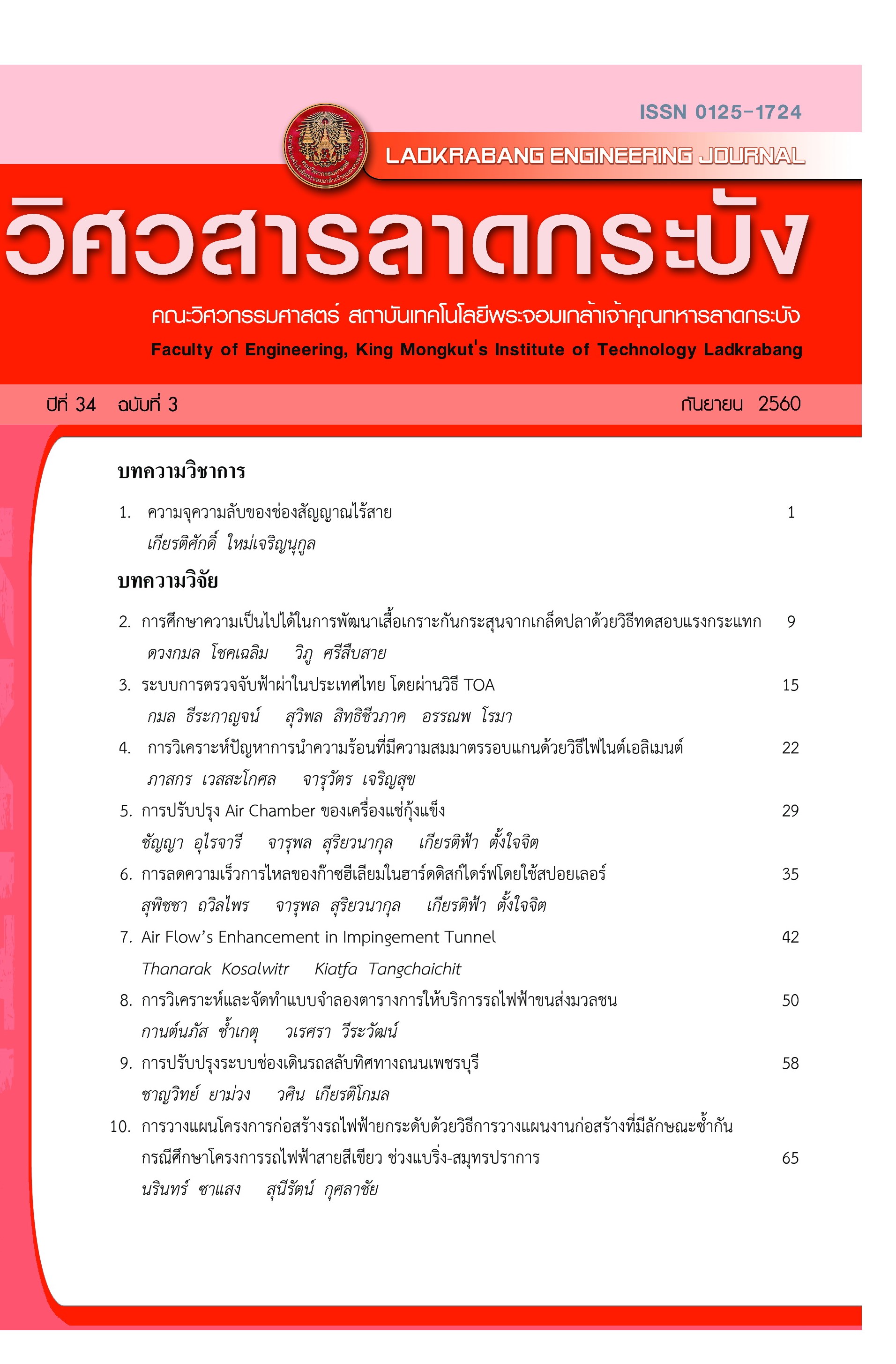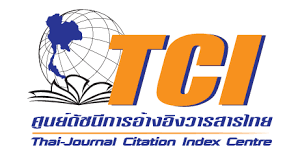Secrecy Capacity of Wireless Channels
Keywords:
Information theory, Physical-layer security, Secrecy capacity, Wireless channelAbstract
As wireless networking has a wide range of applications, its security is an issue of concern. Encryption is traditionally the main route to secure communications. Nevertheless, this security solution may be difficult to implement in some modern wireless networks, e.g., ad hoc and radio-frequency identification (RFID) networks which require large-scale organization and low computational complexity, respectively. An alternative approach is physical-layer security, which leverages the physical properties of radio channels to achieve reliable data transmission without the need of secret keys. Since this kind of security emerged from the information theoretical characterization of secrecy, there has been great interest in secrecy capacity of various wireless channels. This paper provides an overview of such capacity for a single user.
References
[2] P. Guillemin and P. Friess, “Internet of Things—Strategic Research Roadmap,” European Commission, Brussels, Belgium, Technical Report, September, 2009.
[3] C. E. Shannon, “Communication Theory of Secrecy Systems,” The Bell System Technical Journal, Vol. 28, No. 4, pp. 656-715, October, 1949.
[4] A. D. Wyner, “The Wire-Tap Channel,” The Bell System Technical Journal, Vol. 54, No. 8, pp. 1355-1387, October, 1975.
[5] U. Maurer and S. Wolf, “From Weak to Strong Information-Theoretic Key Agreement,” in Proceedings of International Symposium on Information Theory, Sorrento, Italy, 2000, p. 18.
[6] I. Bjelakovic, H. Boche, and J. Sommerfeld, “Secrecy Results for Compound Wiretap Channels. Problems of Information Transmission, Vol. 49, No. 1, pp. 73-98, January, 2013.
[7] J. L. Massey, “A Simplified Treatment of Wyner’s Wire-Tap Channel,” in Proceedings of the 21st Allerton Conference on Communication, Control and Computing, Monticello, IL, October, 1983, pp. 268-276.
[8] S. K. Leung-Yan-Cheong and M. E. Hellman, “The Gaussian Wire-Tap Channel,” IEEE Transactions on Information Theory, Vol. 24, No. 4, pp. 451-456, July, 1978.
[9] F. Oggier and B. Hassibi, “The Secrecy Capacity of the MIMO Wiretap Channel,” IEEE Transactions on Information Theory, Vol. 57, No. 8, pp. 4961-4972, August, 2011.
[10] A. Khisti and G. W. Wornell, “Secure Transmission with Multiple Antennas—Part I: The MISOME Wiretap Channel,” IEEE Transactions on Information Theory, Vol. 56, No. 7, pp. 3088-3104, July, 2010.
[11] Y. Liang, H. V. Poor, and S. Shamai (Shitz), “Secure Communication over Fading Channels,” IEEE Transactions on Information Theory, Vol. 54, No. 6. pp. 2470-2492, June, 2008.
[12] T. M. Cover and J. A. Thomas, “Elements of Information Theory,” Wiley, New York, NY, Second Edition, 2006.
[13] E. Biglieri, R. Calderbank, A. Constantinides, A. Goldsmith, A. Paulraj, and H. V. Poor, “MIMO Wireless Communications,” Cambridge University Press, New York, NY, 2010.
[14] S. P. Boyd and L. Vandenberghe, “Convex Optimization,” Cambridge University Press, New York, NY, 2004.
[15] G. Golub and C. F. V. Loan, “Matrix Computations,” Johns Hopkins University Press, Baltimore, MD, Third Edition, 1996.
[16] I. Csiszar and J. Korner, “Broadcast Channels with Confidential Message,” IEEE Transactions on Information Theory, Vol. 24, No. 3, pp. 339-348, May, 1978.
[17] Y. Liang and H. V. Poor, “Multiple-Access Channels with Confidential Messages,” IEEE Transactions on Information Theory, Vol. 54, No. 3, pp. 972-1002, March, 2008.
[18] R. Liu, I. Maric, P. Spasojevic, and R. D. Yates, “Discrete Memoryless Interference and Broadcast Channels with Confidential Messages: Secrecy Rate Regions,” IEEE Transactions on Information Theory, Vol. 54, No. 6, pp. 2493-2507, June, 2008.
[19] S. Mathur, W. Trappe, N. Mandayam, C. Ye, and A. Reznik, “Radio-Telepathy: Extracting a Secret Key from an Unauthenticated Wireless Channel,” in Proceedings of the 14th Annual International Conference on Mobile Computing and Networking, San Francisco, CA, 2008, pp. 128-139.
[20] A. Sayeed and A. Perrig, “Secure Wireless Communications: Secret Keys through Multipath,” in Proceedings of the IEEE International Conference on Acoustics, Speech and Signal Processing, Las Vegas, NV, 2008, pp. 3013-3016.
[21] Y. Chen, F. Han, Y.-H. Yang, H. Ma, Y. Han, C. Jiang, H.-Q. Lai, D. Claffey, Z. Safar, and K. J. R. Liu, “Time-Reversal Wireless Paradigm for Green Internet of Things: An Overview,” IEEE Internet of Things Journal, Vol. 1, No. 1, pp. 81-98, February, 2014.
[22] R. Negi and S. Goel, “Guaranteeing Secrecy Using Artificial Noise,” IEEE Transactions on Wireless Communications, Vol. 7, No. 6, pp. 2180-2189, June, 2008.
[23] S. Gollakota and D. Katabi, “Physical Layer Wireless Security Made Fast and Channel Independent,” in Proceedings of IEEE Conference on Computer Communications, Shanghai, China, 2011, pp. 1125-1133.
Downloads
Published
How to Cite
Issue
Section
License
The published articles are copyrighted by the School of Engineering, King Mongkut's Institute of Technology Ladkrabang.
The statements contained in each article in this academic journal are the personal opinions of each author and are not related to King Mongkut's Institute of Technology Ladkrabang and other faculty members in the institute.
Responsibility for all elements of each article belongs to each author; If there are any mistakes, each author is solely responsible for his own articles.






